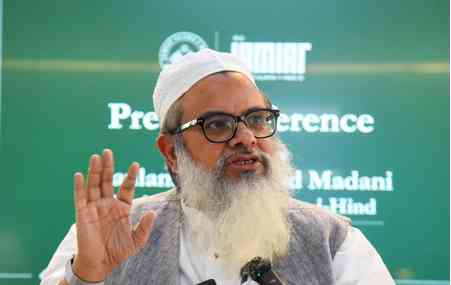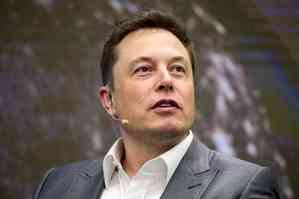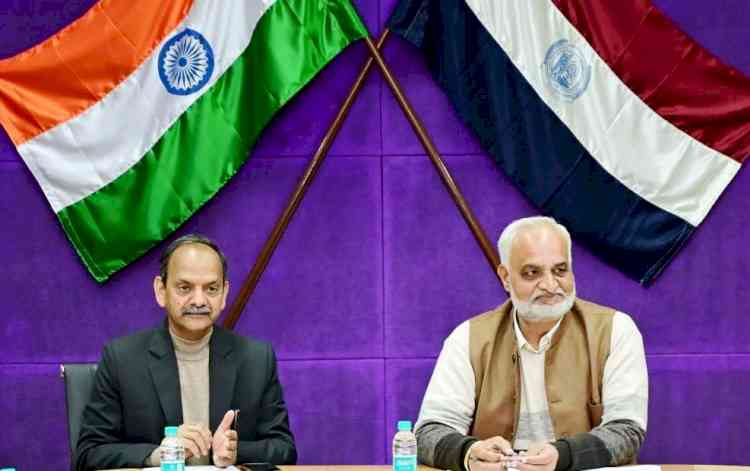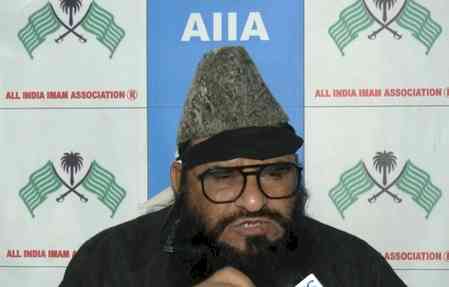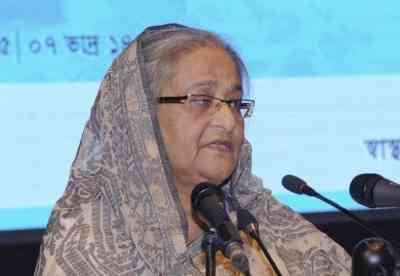Modi’s Brahmastra of Reforms for a Viksit Bharat
I have been privileged to attend 15th August speeches from the time I was in school, but PM Modi 12th Independence Day speech on Friday was unprecedented and stood out. It unleashed a Brahmastra – Arjun’s legendary weapon with no counter – aimed straight at accelerating India’s path to Viksit Bharat.
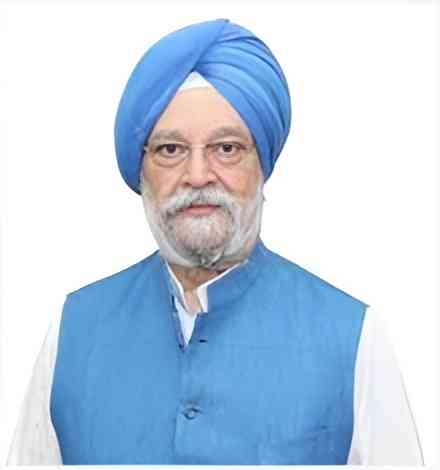
by Hardeep S Puri
I have been privileged to attend 15th August speeches from the time I was in school, but PM Modi 12th Independence Day speech on Friday was unprecedented and stood out. It unleashed a Brahmastra – Arjun’s legendary weapon with no counter – aimed straight at accelerating India’s path to Viksit Bharat.
At a time of extraordinary turbulence in the global economy, India continues to surge ahead as the fastest-growing large economy, with a dream of Viksit Bharat. This speech is remarkable not merely for its sweep but for its scope—next-generation reforms that are bold, future-oriented, and capable of reshaping the destiny of 1.4 billion people – with a clarity toward that vision, that the nation has never witnessed before.
Take for example the Digital India stack, UPI accounting for half of the world’s real-time transactions, and the imminent roll-out of the first Made-in-India chip by year-end show India’s lead position in the global digital economy. At a time when semiconductors decide the destiny of nations, this is nothing less than digital Swaraj India’s assertion of sovereignty over critical technologies.
Energy security had long been the Achilles’ heel of India’s growth. For decades, hesitation and “no-go” classifications throttled exploration and deepened import dependence. That era is over. Under Prime Minister Modi, India has reduced “No-Go” areas in the EEZ by almost 99%, freeing 10 lakh sq. km. for E&P. Coupled with OALP, this has opened a vast canvas to Indian champions and global majors alike—our hydrocarbon basins will no longer lie dormant but be harnessed for national progress.
The historic National Deepwater Exploration Mission, announced from the ramparts of the Red Fort, sets an ambitious frontier agenda in the Bay of Bengal and the Arabian Sea. Mission aims to unlock 600–1,200 million metric tonnes of oil and gas reserves through the drilling of nearly 40 wildcat wells. For the first time, India will systematically open up its complex offshore frontiers — from the Bay of Bengal to the Arabian Sea — with a framework that de-risks investment by allowing recovery of up to 80 percent of costs in case of dry wells, and 40 percent upon commercial discovery.
This initiative is part of a broader blueprint which could triple domestic oil and gas output to 85 million tonnes by 2032 and to double national reserves to between one and two billion tonnes. Offshore common infrastructure will be created on a plug-and-play basis to unlock an additional 100–250 billion cubic metres of gas in place, equivalent to nearly 8 million tonnes of production. Together, these measures will not only monetise previously stranded discoveries but also build an Atmanirbhar E&P ecosystem where the share of local supply chains rises from today’s 25–30 percent to over 70 percent. This is India’s most comprehensive upstream overhaul since Independence.
At the same time India has emerged as as a global leader in the energy transition. India has reached the 50% clean-power mark in 2025—five years ahead of the 2030 target. Biofuels and green hydrogen are moving from pilots to production; ethanol blending and CBG scale-up are building a new rural-industrial backbone; LNG infrastructure continues to expand. Importantly, civilian nuclear has been opened to private participation, Currently, 10 new nuclear reactors are operational, and India aims to increase its nuclear energy capacity tenfold by the 100th year of its independence. This ambitious goal is part of a grand design to achieve energy independence by 2047.
The Prime Minister’s announcement of the National Critical Minerals Mission marks a watershed in our industrial strategy. As the world recognises the strategic value of lithium, rare earths, nickel and cobalt, India has launched exploration at 1,200+ sites and is structuring partnerships, processing and recycling so that renewable power, semiconductors, EVs and advanced defence are never hostage to external choke-points.
National security was the other pillar of the Red Fort charter. Operation Sindoor displayed India’s military prowess in real time, ending the era of nuclear blackmail and sending a message that aggression will be met with swiftness and sophistication. The reversal of the Indus Waters Treaty is a bold assertion of sovereignty. Above all, the unveiling of Mission Sudarshan Chakra, inspired by Lord Krishna shielding Arjun on the battlefield, is emblematic of Modi’s style — civilisational symbolism married to cutting-edge technology.
A multi-layered indigenous security shield will protect India’s critical institutions from cyber, physical, and hybrid threats. The Prime Minister has issued a national challenge to design and build the engines that power our fighter aircraft, calling upon scientists, engineers, and institutions to make the leap from assembly to authorship.
The Prime Minister also did not shy away from hard truths. He urged industry and farmers to embrace self-reliance and make balanced use of fertilisers. While India is the pharmacy of the world, producing 60% of global vaccines, this must now translate into leadership in new medicines, vaccines, and devices. This sits alongside a decisive push in biopharma under the BioE3 policy, where our ambition is to patent and produce medicines that are both affordable and world class.
Equally bold are the announced tax and legal reforms. It is telling that the Income Tax Act of 1961, itself a relic of that era, is now being replaced. The new Income Tax Bill is reducing complexity, abolished 280 redundant sections, and offered relief up to ₹12 lakh. The introduction of faceless assessment has made the system transparent, efficient, and incorruptible.
The next-gen GST 2.0, to be launched by Diwali, will further rationalise rates and boost compliance. Alongside the abolishing over 40,000 unnecessary compliances, repealing more than 1,500 outdated laws, and the Insolvency and Bankruptcy Code, this represents nothing less than the dismantling of Nehru’s economic cage. These reforms do not just improve balance sheets, but also lives. Direct Benefit Transfers — touching over 25 crore beneficiaries — have embedded accountability into welfare and more than 250 million Indians have been lifted out of poverty.
The focus employment, too, has been brought to the centre stage. The PM Viksit Bharat Rozgar Yojana launches with an outlay of ₹1 lakh crore; newly employed youth will receive ₹15,000 per month, companies that generate fresh jobs will be incentivised, and the programme aims to reach about 3.5 crore young Indians.
To translate ambition into reality, the Prime Minister has unveiled a Task Force for Next-Generation Reforms — a body designed to re-engineer the entire ecosystem of economic activity. Its mandate is as bold as it is overdue: to slash compliance costs that weigh down our startups and MSMEs, to liberate enterprise from the constant shadow of arbitrary action, and to streamline a thicket of laws into a framework that is simple, predictable and jus a systemic.
The reforms announced on 15 August are not about tomorrow’s headlines but about the India of 2047. As the Prime Minister reminded us, the world is watching an ancient civilisation transform into a modern power—not by abandoning its roots but by drawing strength from them.
(The writer is the Union Minister for Petroleum & Natural Gas.)


 City Air News
City Air News 


